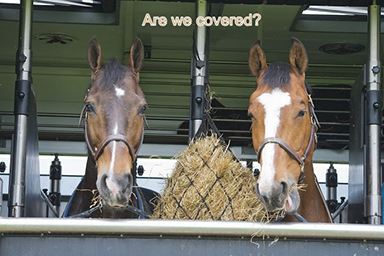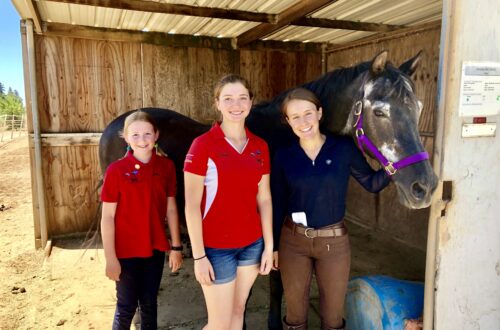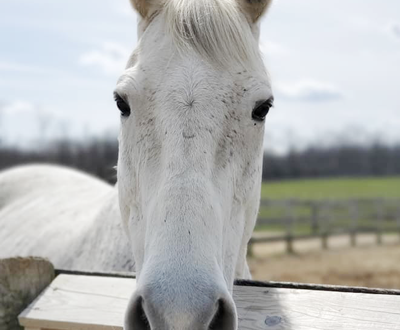
Blue Bridle Presents: Highlights of Horse Insurance Part 1
Thanks to new Pony Club Pizza blog sponsor, Blue Bridle Insurance we now have a series explaining Horse Insurance.
The Horse Insurance Mortality Policy
So many of us are guilty of not reading our insurance policies perhaps in the hope that we may never need to! Our horse insurance, farmowners insurance, auto policy, whatever – just put them all in a drawer and hope for the best. Let’s take a moment now to review the equine mortality policy.
First of all, it is a legal contract. The company agrees to provide coverage and in return, you agree to pay a premium and comply with the terms and provisions of the policy. It is generally what we call a “broad form” policy. That is to say it provides you with benefits beyond the basic perils such as fire, lightning and transportation.
Thus the defined cause of loss includes death of the horse as a result of an accident, injury, a lameness condition or a disease, sustained and reported during the policy period. This is worth repeating – do not fail to notify the company of any incident that requires veterinary care and/or treatment as not doing so may jeopardize coverage. An adjustor will be assigned to your case and guide you through the claim process.
The policy will also provide coverage should death be the result of “authorized humane destruction”. When the veterinarian’s report to the company recommends euthanasia, and you give permission, the policy provisions provide coverage.

Theft of the horse is another covered cause of loss. Again we stress the importance of notifying the company immediately of any disappearance. You must also notify law enforcement and follow the law enforcement’s instructions.
Your policy may include Wobbler Syndrome coverage. If suspected or diagnosed, you will want to pull the policy out of the drawer and read the provisions carefully.
Payment of Loss is clearly defined in the policy. Establishing the value of your horse up front at the time the policy is issued is important in this regard. Your agent collects information from you along with your application in order to establish a value approved by the company. Purchase price, cost of initial training, show records, etc are submitted to the carrier to support the amount of insurance requested.
Every type of policy will have a section outlining the standard exclusions. If you have not read them, you will be reminded of them if a claim is filed that is directly or indirectly related to a loss that is not covered.
This article has not addressed all of the sections in the policy. We would strongly suggest that you review the Conditions section as it clearly emphasizes the Insured’s duty to comply with policy provisions.
Please note that policy wording takes precedence over any information provided in this article.
With regard to any questions on coverage, our Blue Bridle agents are available to help you sort it all out.




